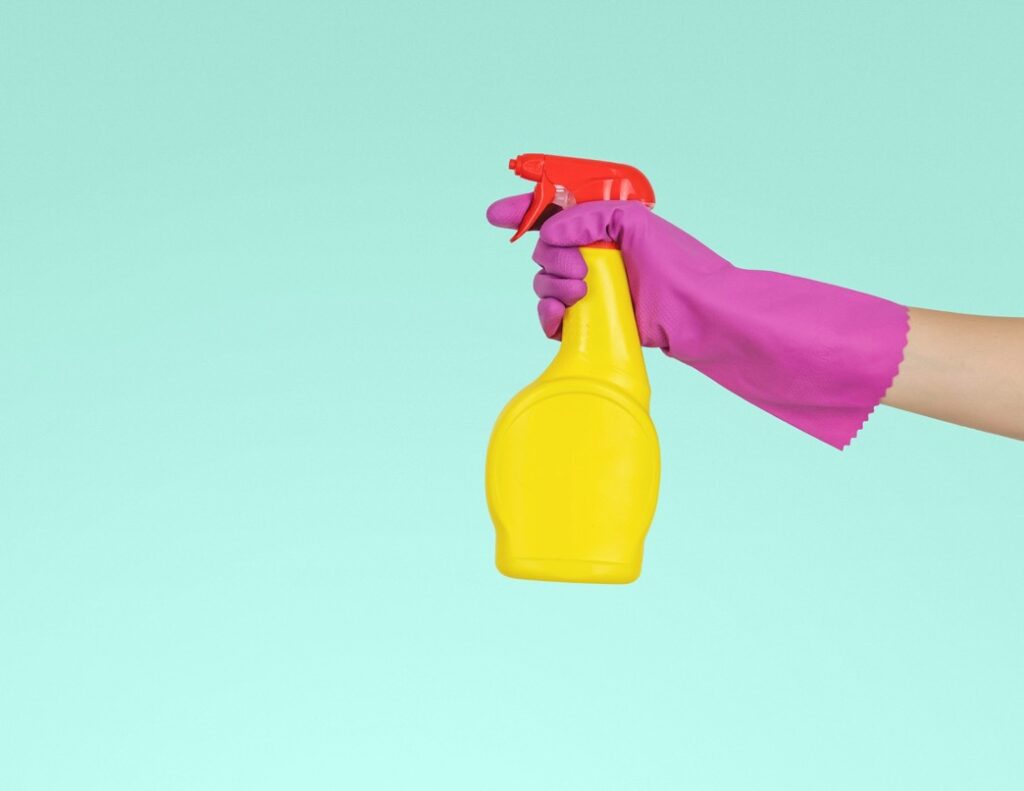Essential Spring Cleaning Tips to Combat Allergy Symptoms in Your Home
Springtime often triggers allergy symptoms due to increased pollen levels and other allergens. To alleviate these symptoms, it’s essential to conduct a thorough spring cleaning that focuses on key areas in your home where allergens tend to accumulate. The following suggestions will help you create a healthier living environment and reduce allergy symptoms in your household.
Bedrooms:
- Clear out any unnecessary items to minimize the collection of dust and allergens.
- If your pillows are older than two years, consider replacing them to decrease dust mite exposure.
- Clean curtains and area rugs weekly in hot water (at least 60°C) to remove allergens.
- Frequently mop hard surface floors and clean beneath furniture to eliminate dust and allergens.
- Utilize a microfiber cloth to clean dust from furniture, ceiling fans, light fixtures, and closet shelves.
- Examine mattress and pillow allergen barrier covers, and replace them if they show signs of wear.
- Ensure air purifier filters are clean and replace them when necessary.
- Use HEPA-Filter equipped vacuum to clean mattresses, upholstered furniture, and carpets weekly. Consider installing certified solid surface flooring as a long-term solution for allergen reduction.
Bathrooms:
- Address any water leaks promptly to prevent mold growth.
- Clean bathroom exhaust fan covers by dusting or rinsing them.
- Eliminate mold from showers, bathtubs, sinks, toilets, and inside cabinets.
- Inspect shower curtains for mold and mildew, and replace them if needed.
- For bathrooms with windows, remove curtains and install frosted glass or blinds, which should be cleaned on a weekly basis.
- Launder bathroom rugs weekly in hot water (at least 60°C) to remove allergens.
Living/Family Room:
- Keep the space tidy and clutter-free to reduce dust and allergens.
- Regularly dust electronics and ceiling fans to prevent allergen accumulation.
- Mop hard surface floors and clean beneath furniture.
- Launder curtains and area rugs weekly in hot water (at least 60°C) to remove allergens.
- Maintain air purifiers by changing filters as needed.
- Vacuum upholstered furniture and carpets weekly.
Kitchen:
- Fix any water leaks promptly to prevent mold growth.
- Clean mold from sinks, inside cabinets, produce bins, trash cans, and refrigerator seals.
- Use warm, soapy water to regularly clean the tops of cabinets and range hoods.
- Launder curtains and area rugs weekly in hot water (at least 60°C) to remove allergens.
- Freshen up your garbage disposal with a combination of baking soda and white vinegar.
- Mop kitchen floors and clean beneath furniture to eliminate dust and allergens.
Additional Tips:
- Encourage a no-shoes policy in your home to reduce the amount of allergens tracked indoors.
- Consider investing in hypoallergenic furnishings and textiles to minimize allergen exposure.
- Keep windows closed during high pollen days, and use air conditioning with clean filters to maintain a comfortable indoor temperature while filtering the air.
Conclusion: By adhering to these spring cleaning suggestions and maintaining a consistent cleaning routine, you can create a healthier living environment and reduce allergy symptoms in your home. Remember to stay vigilant about areas where allergens can accumulate, and make your home a more comfortable space for those with allergies.

